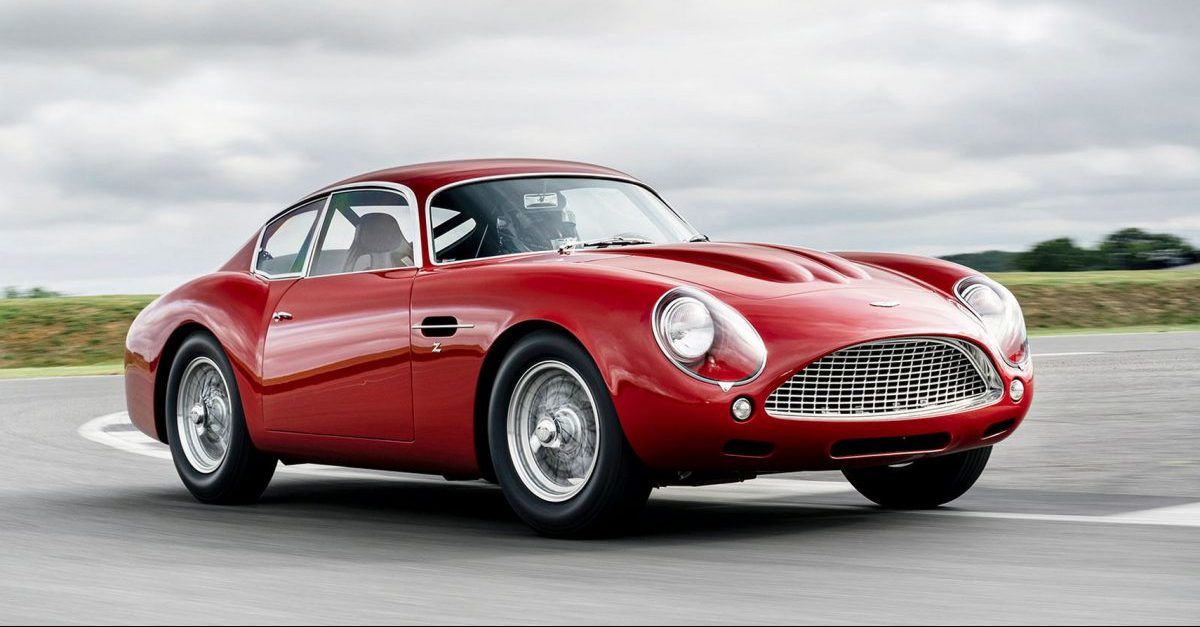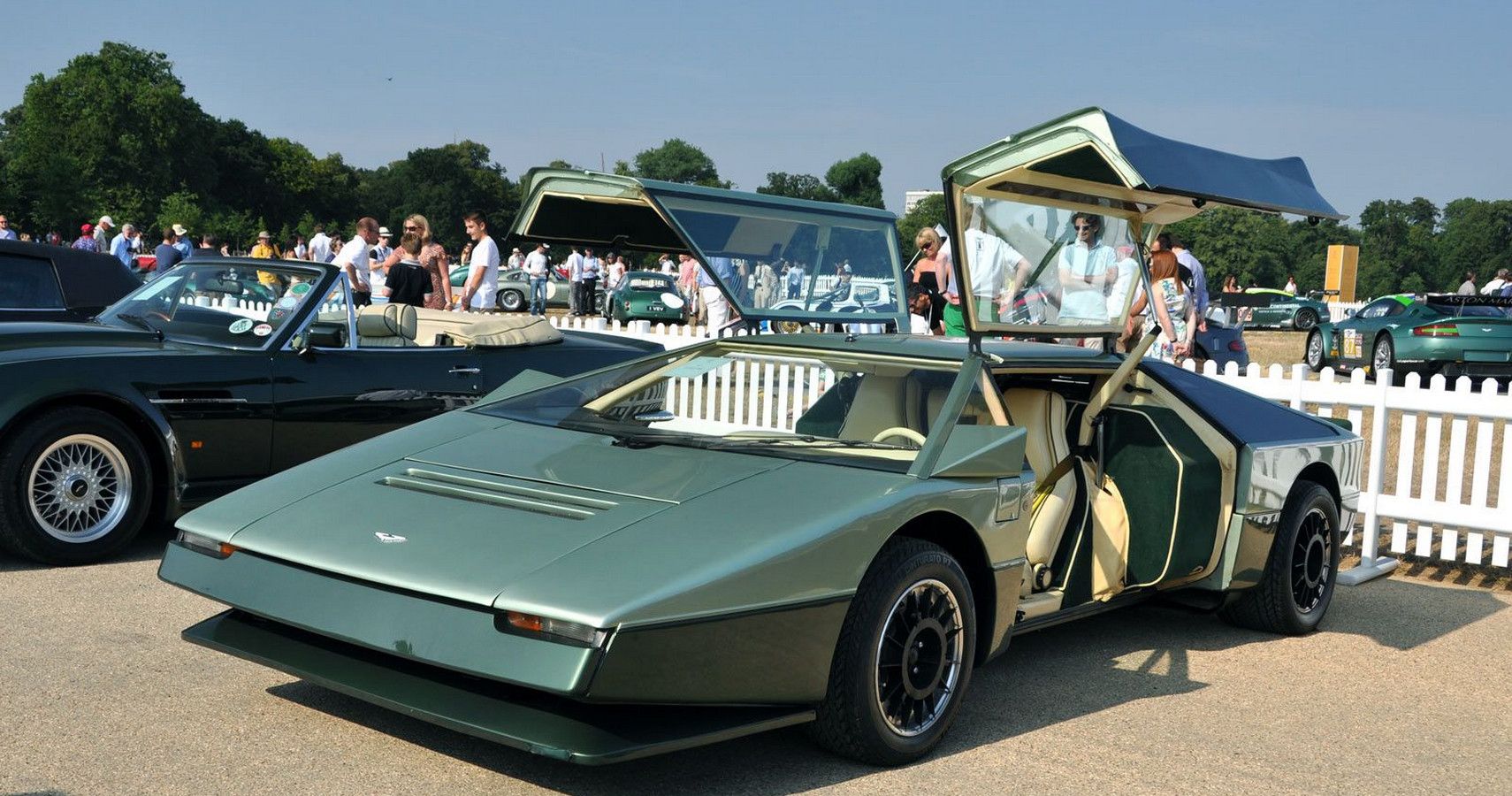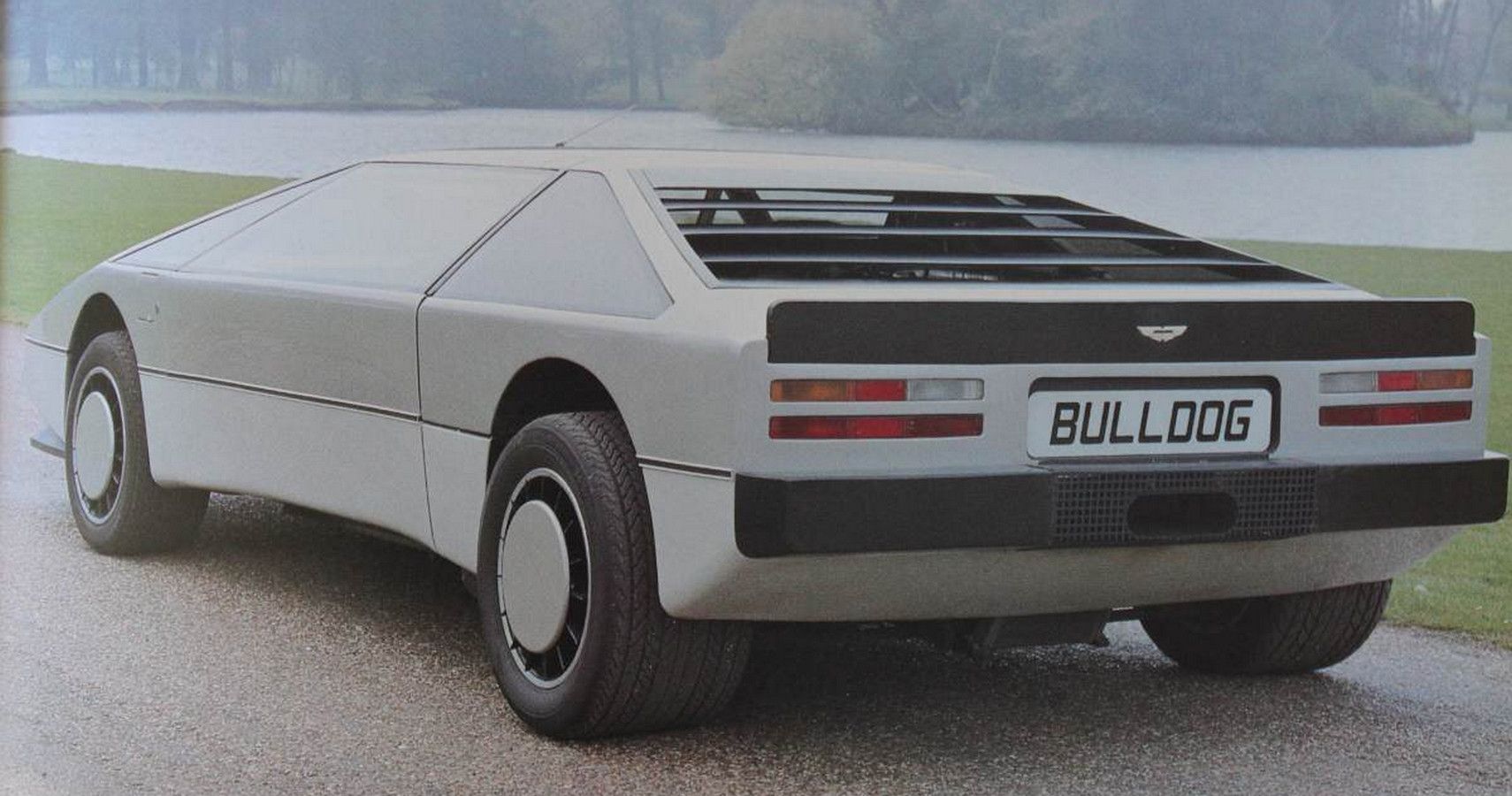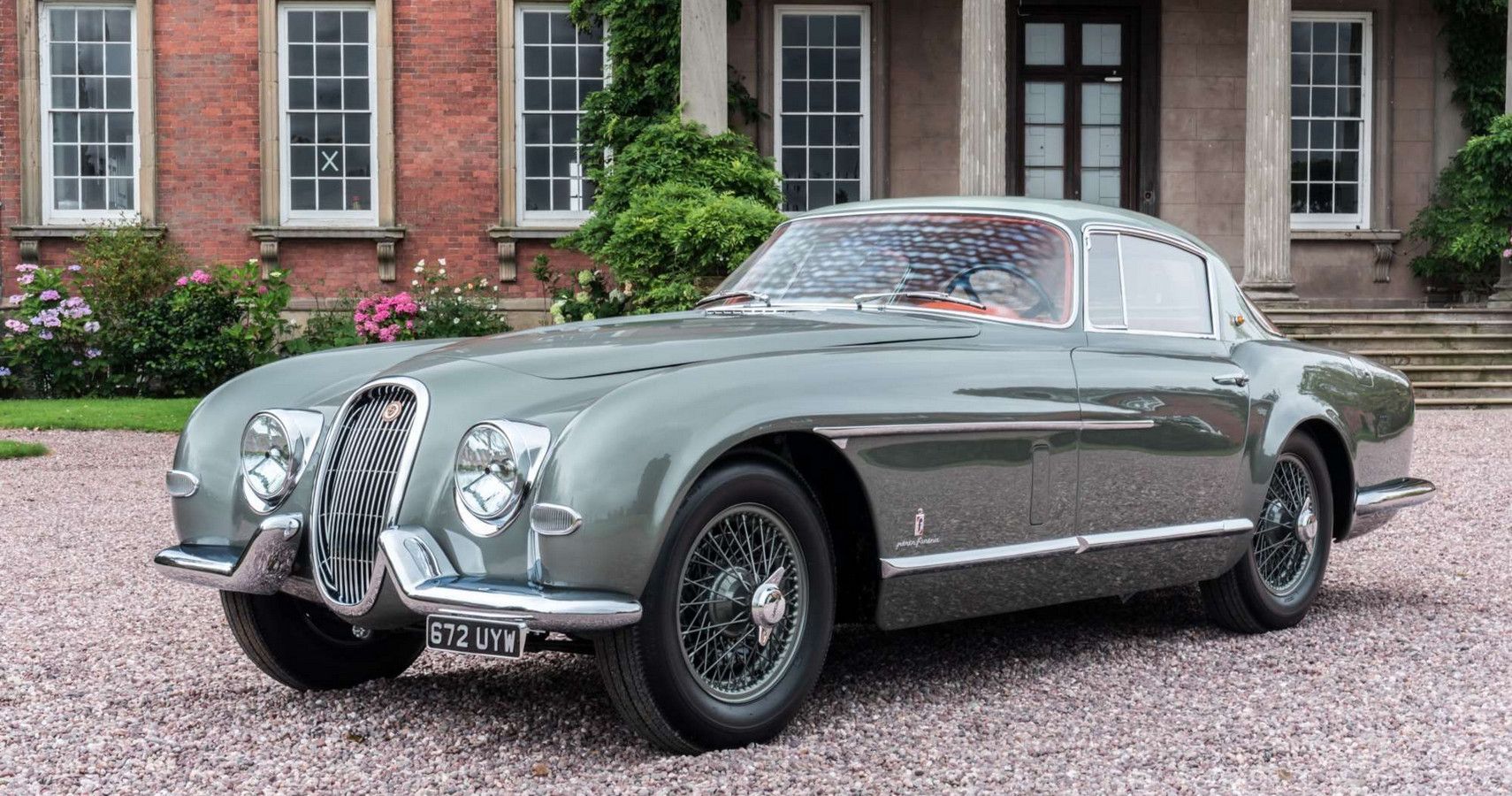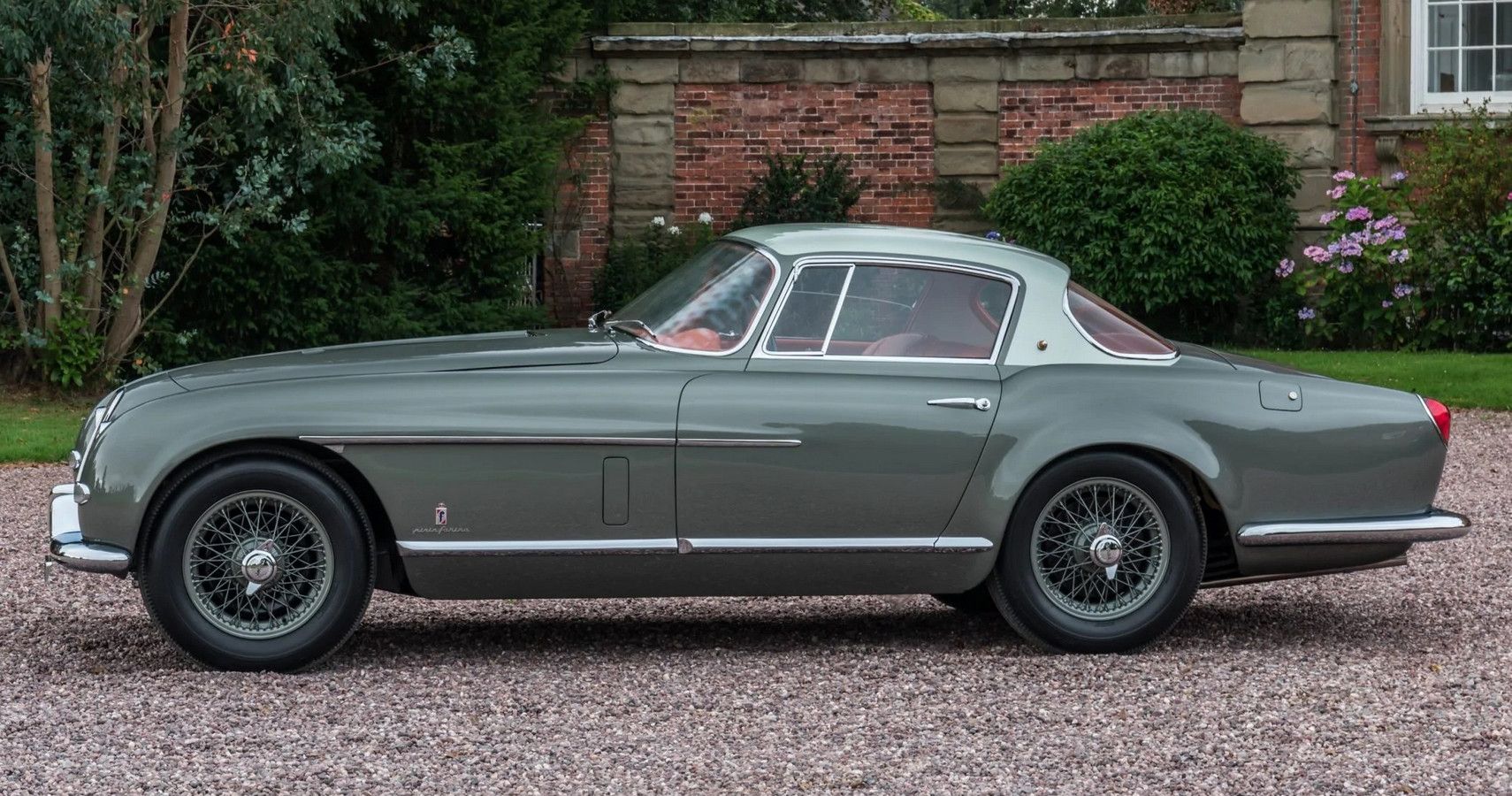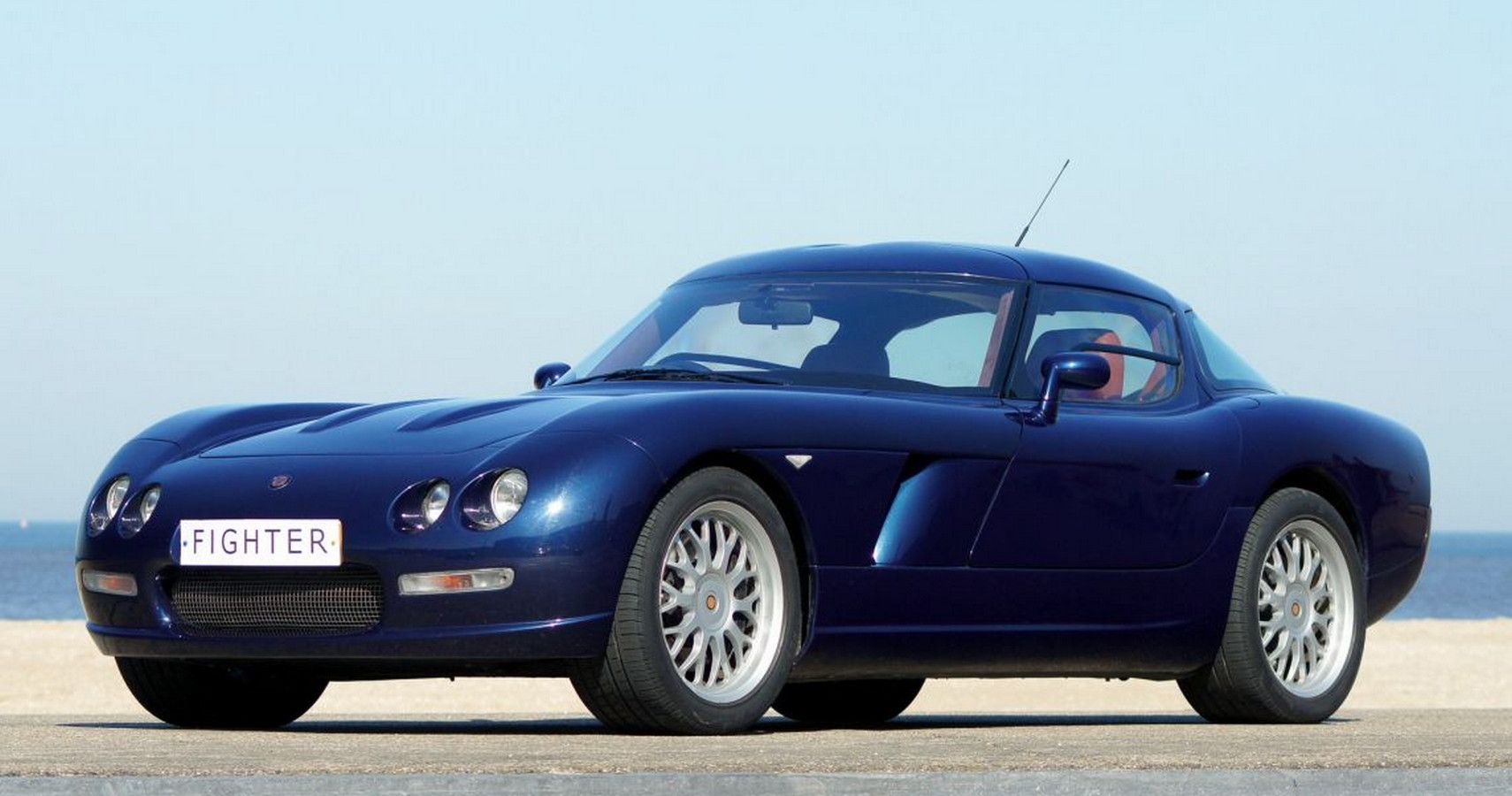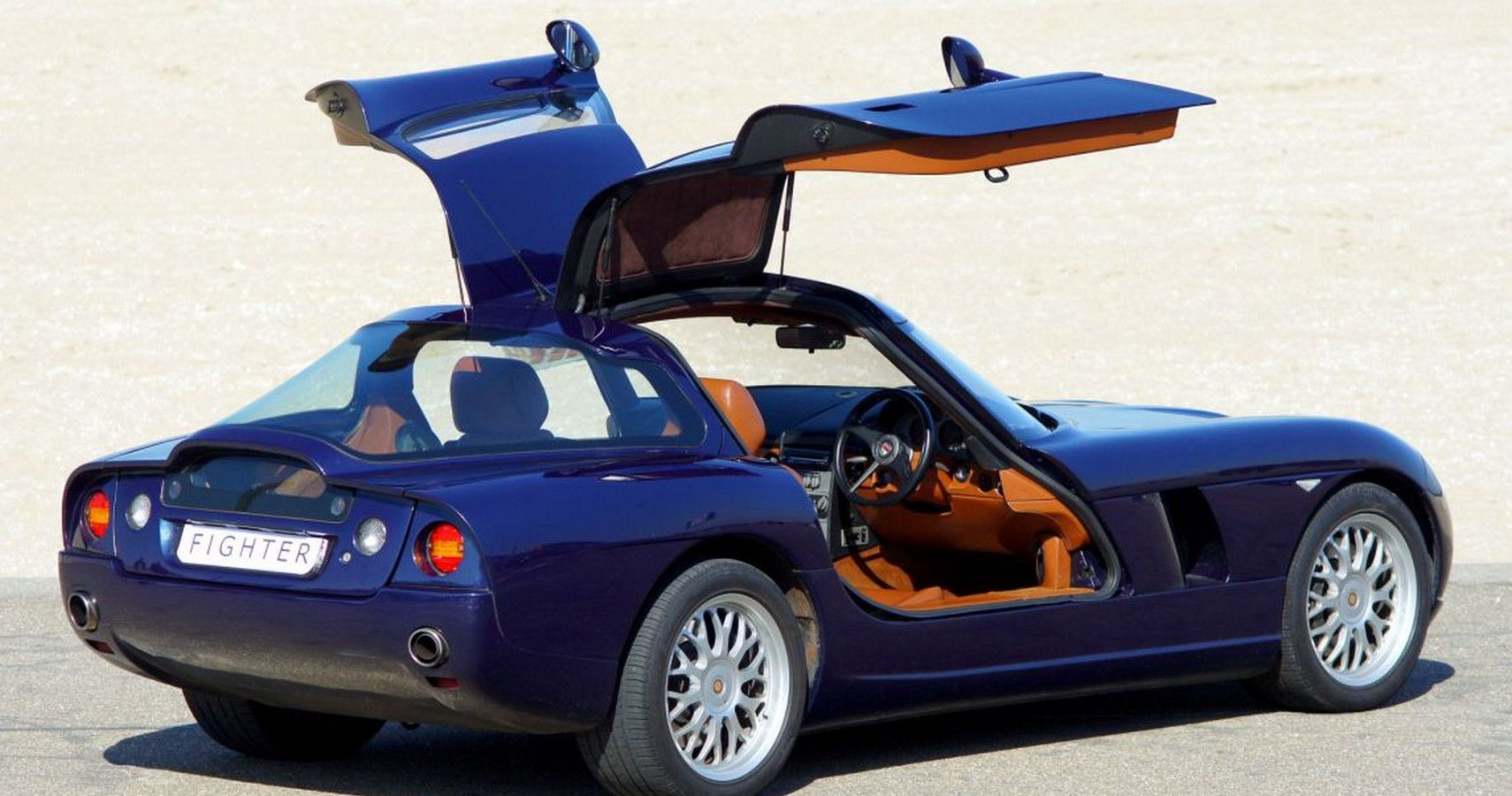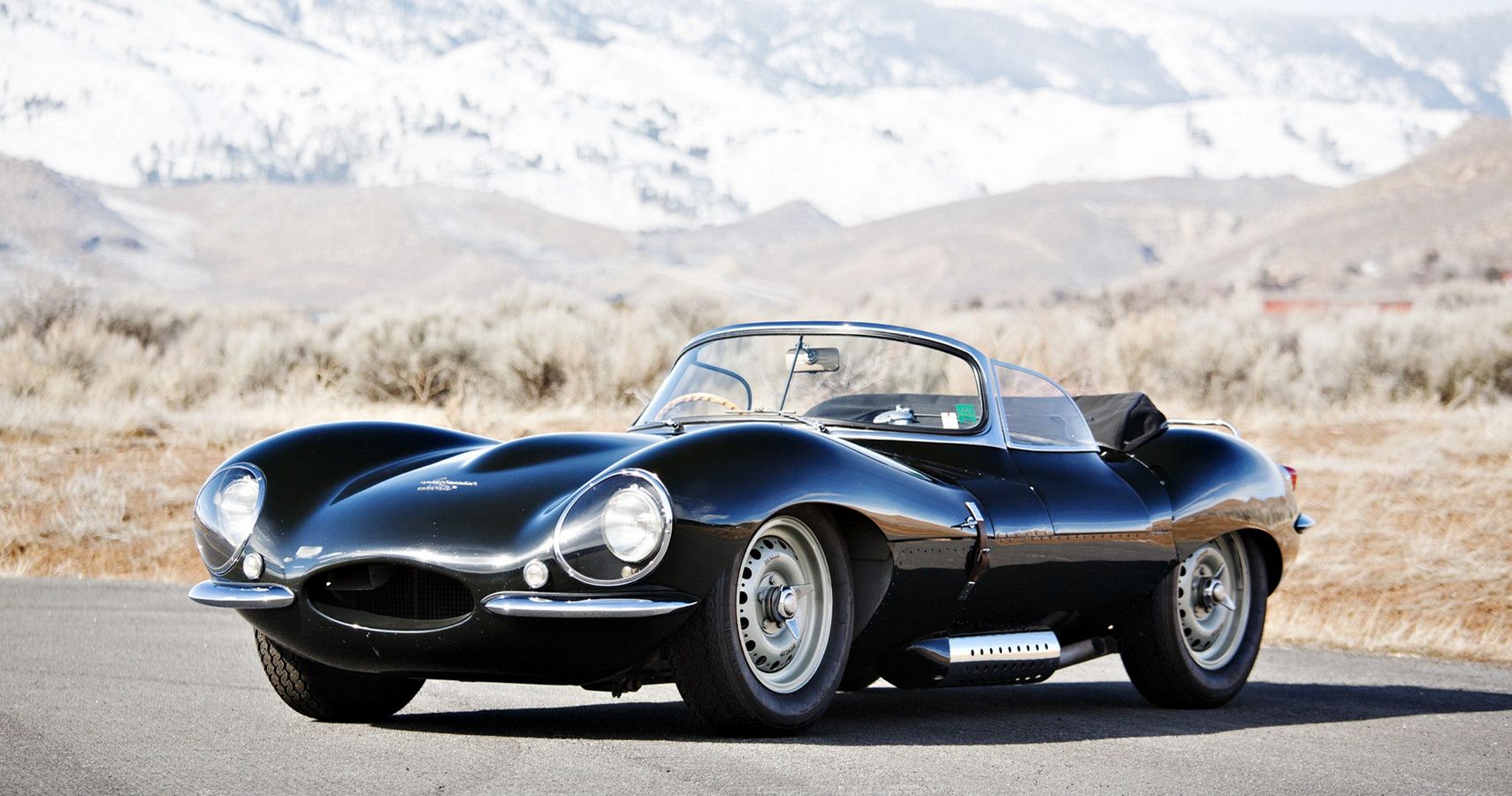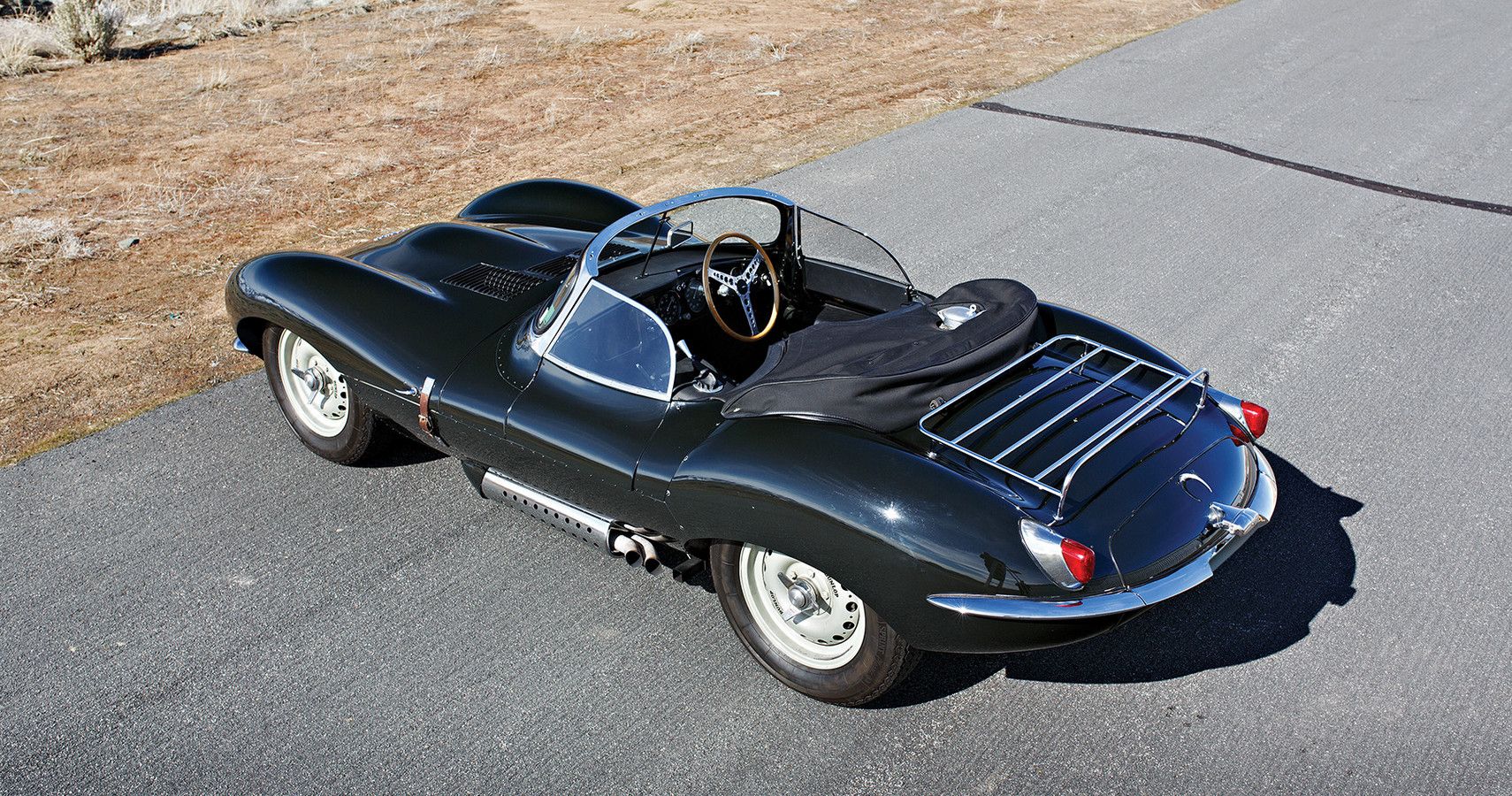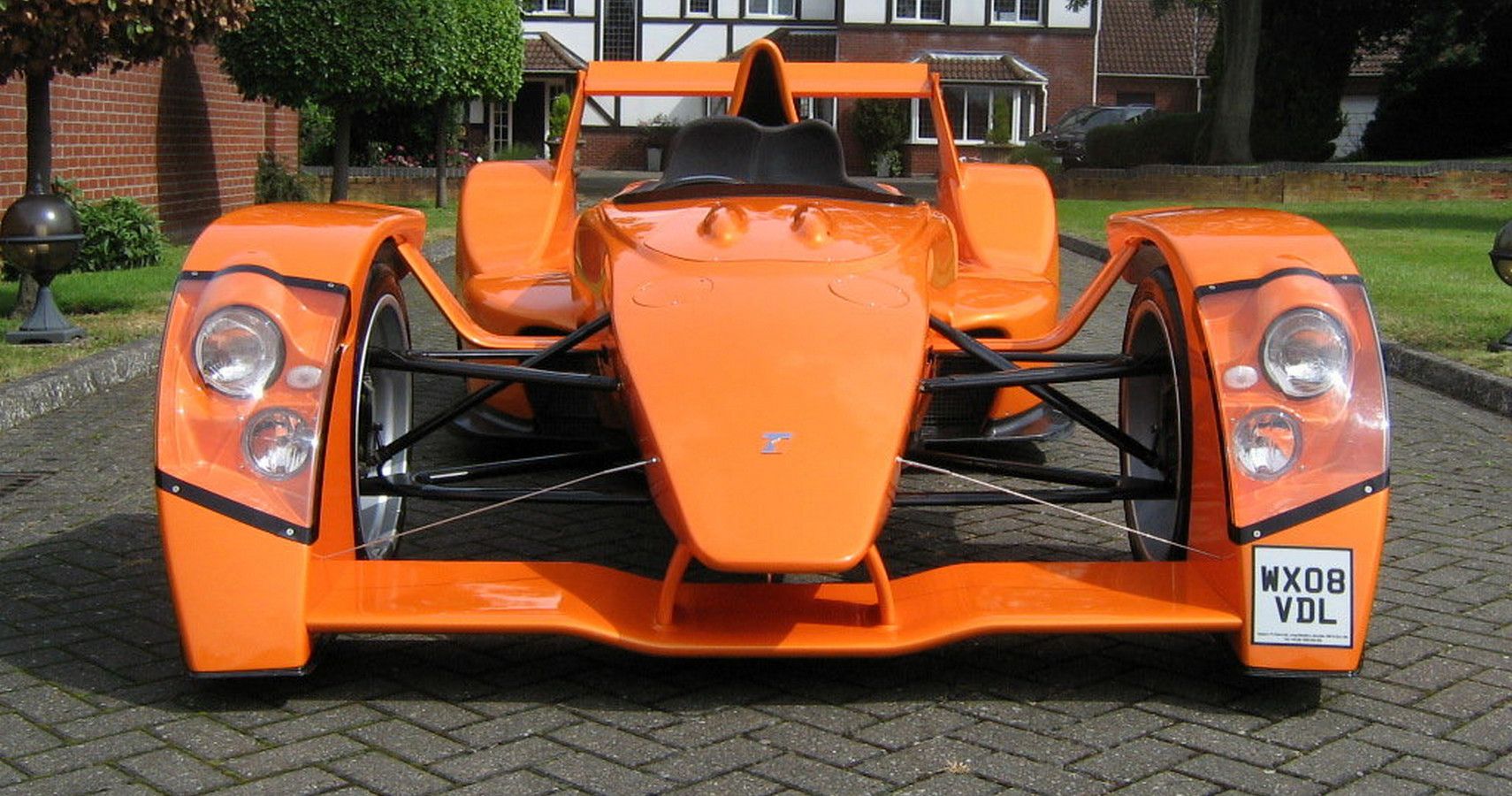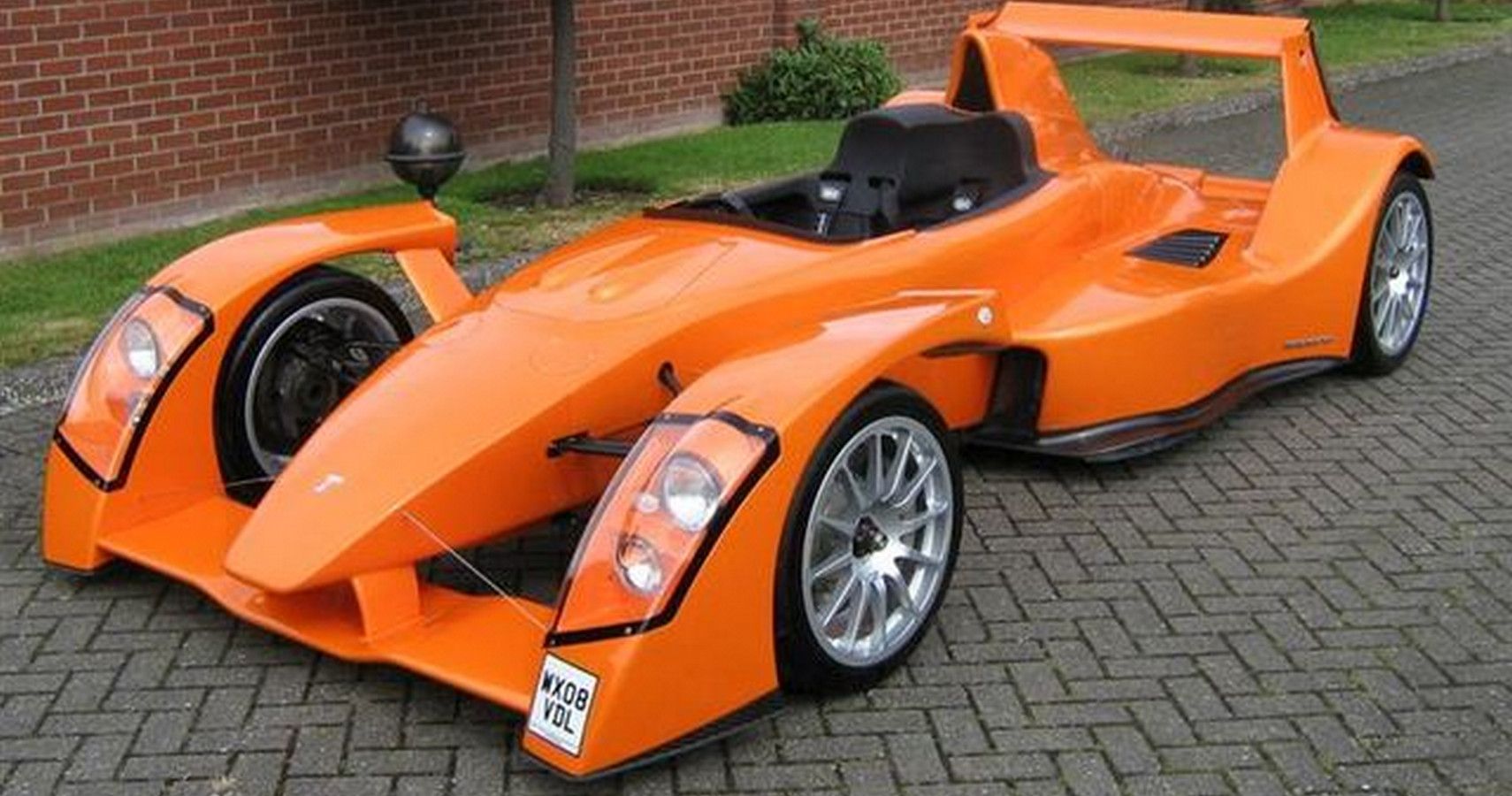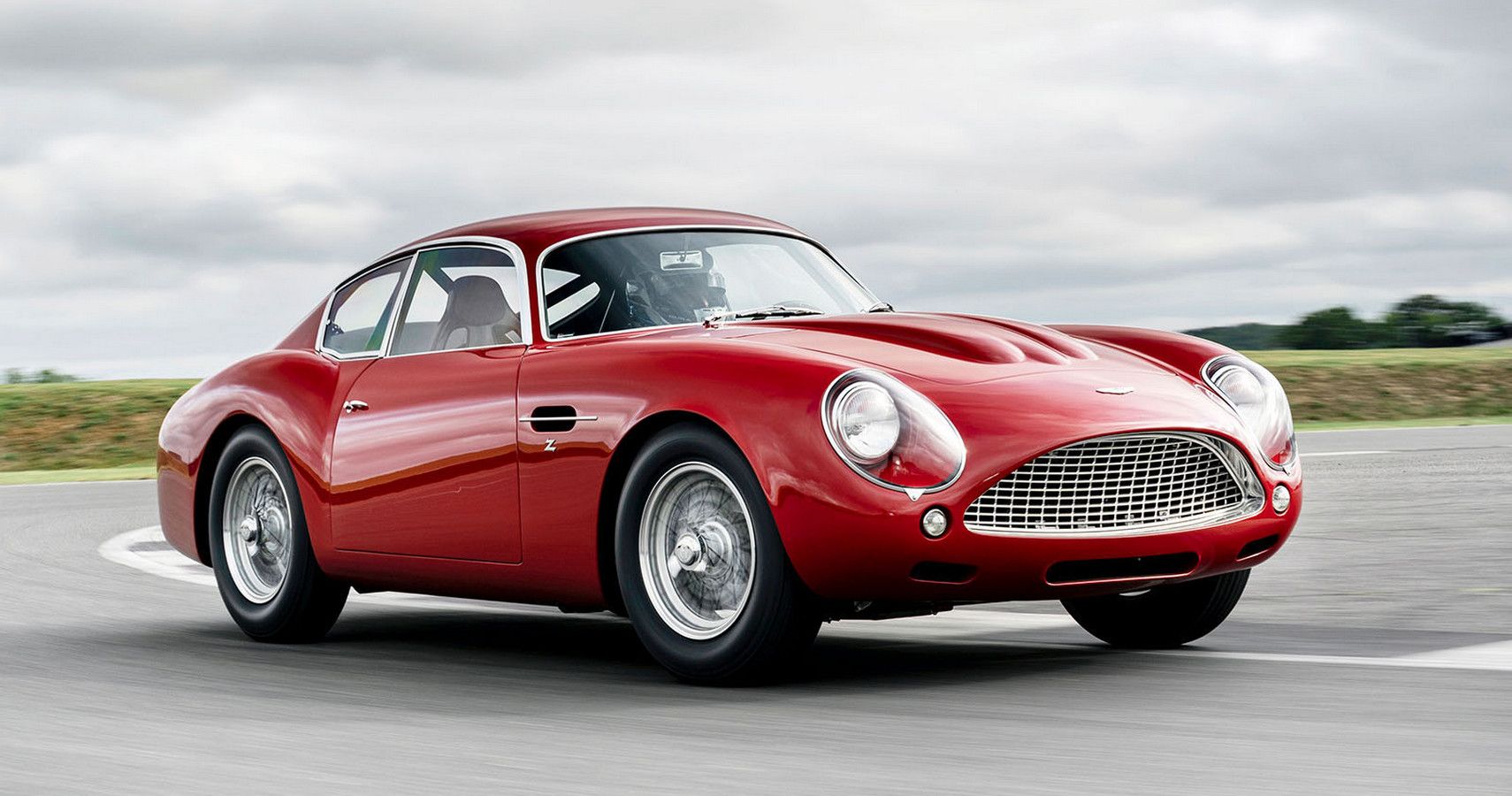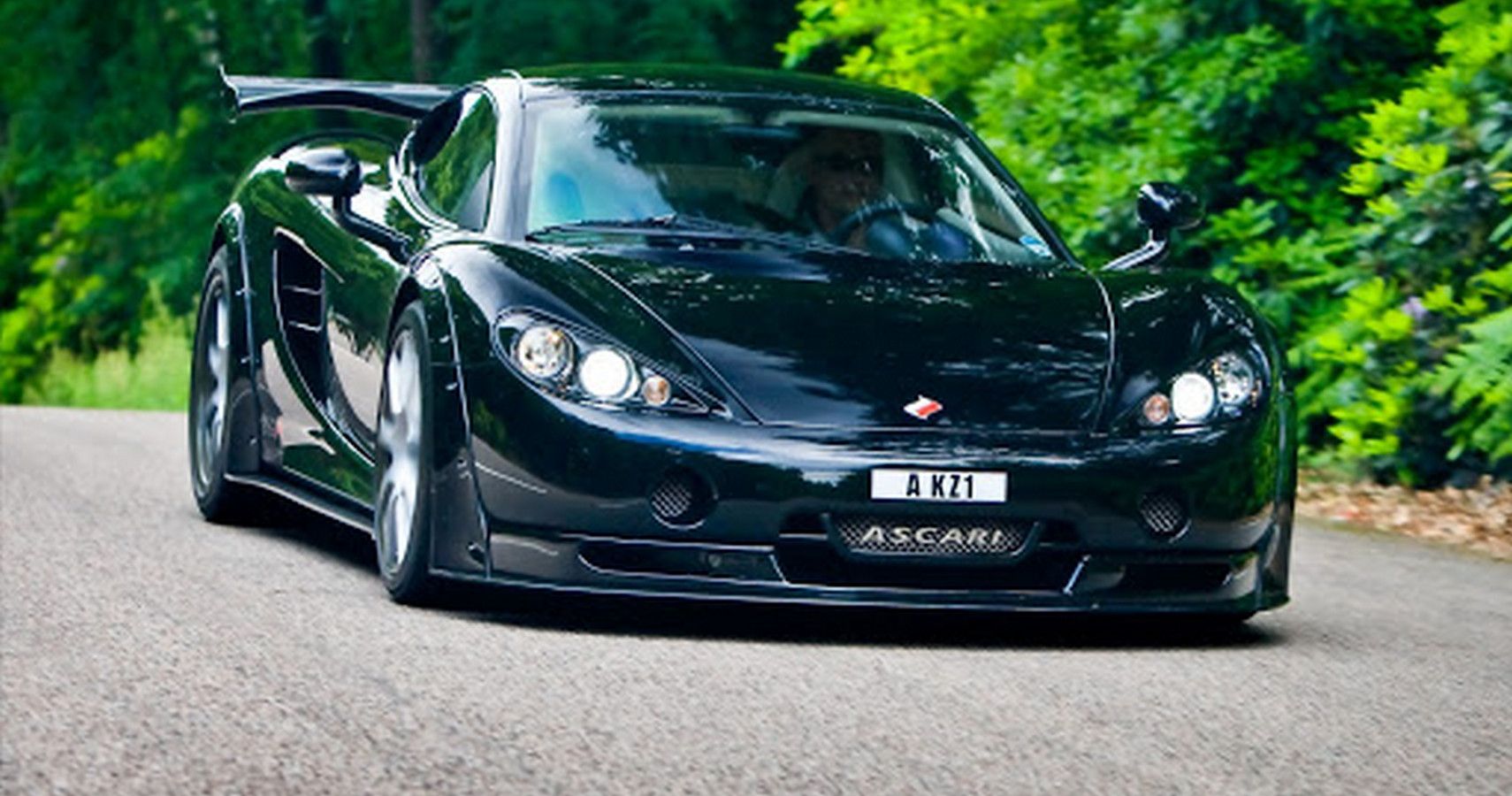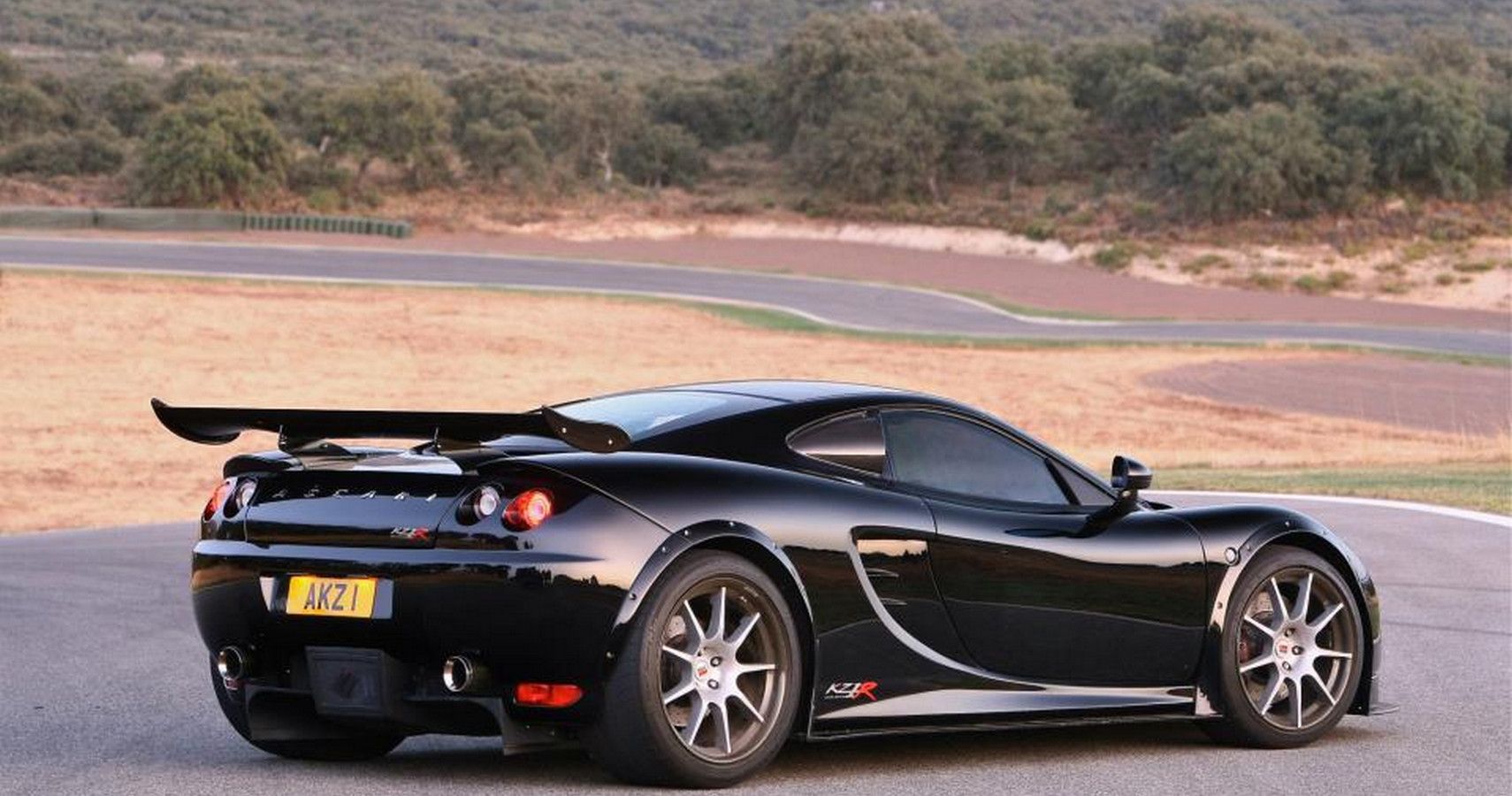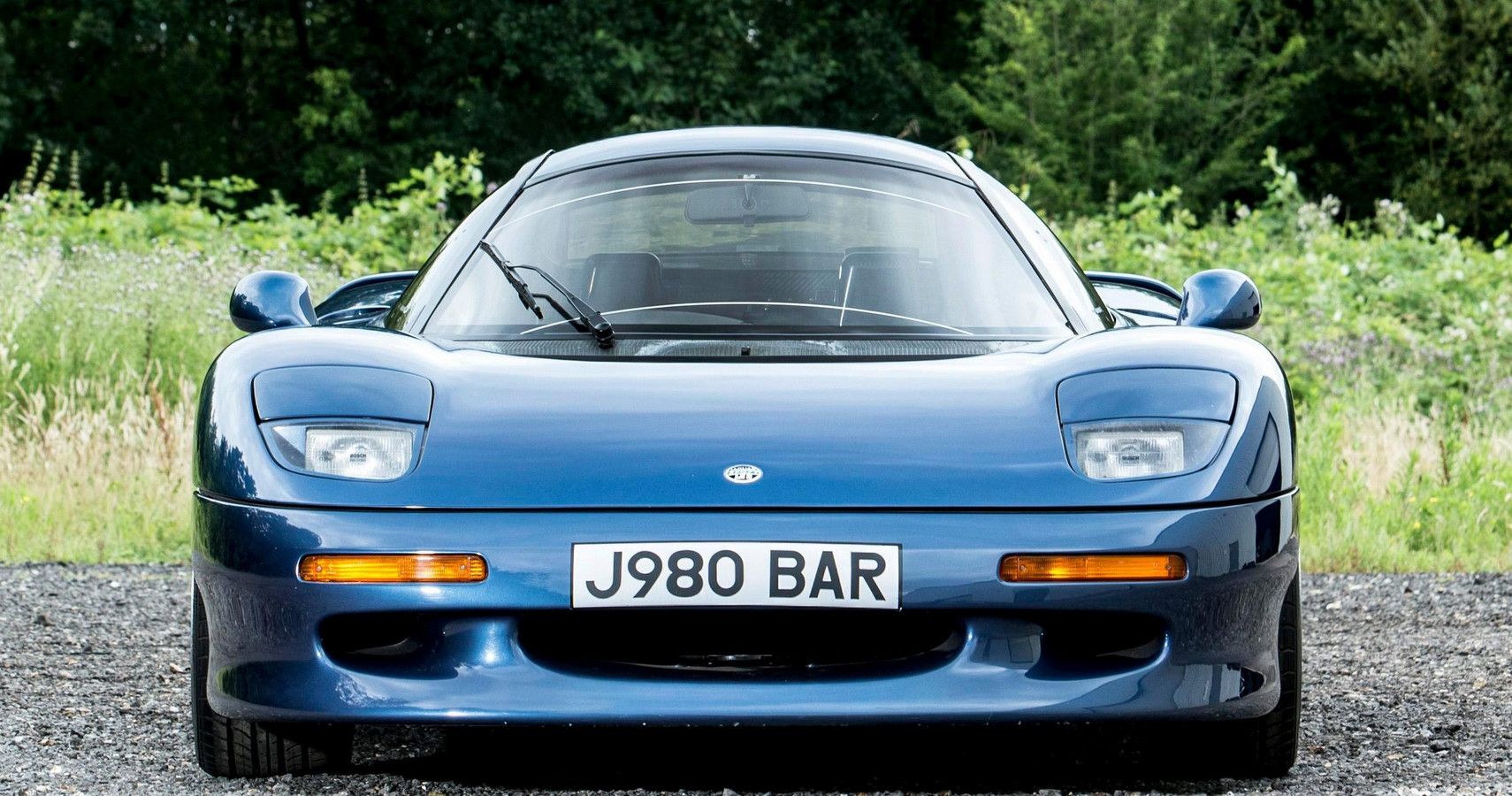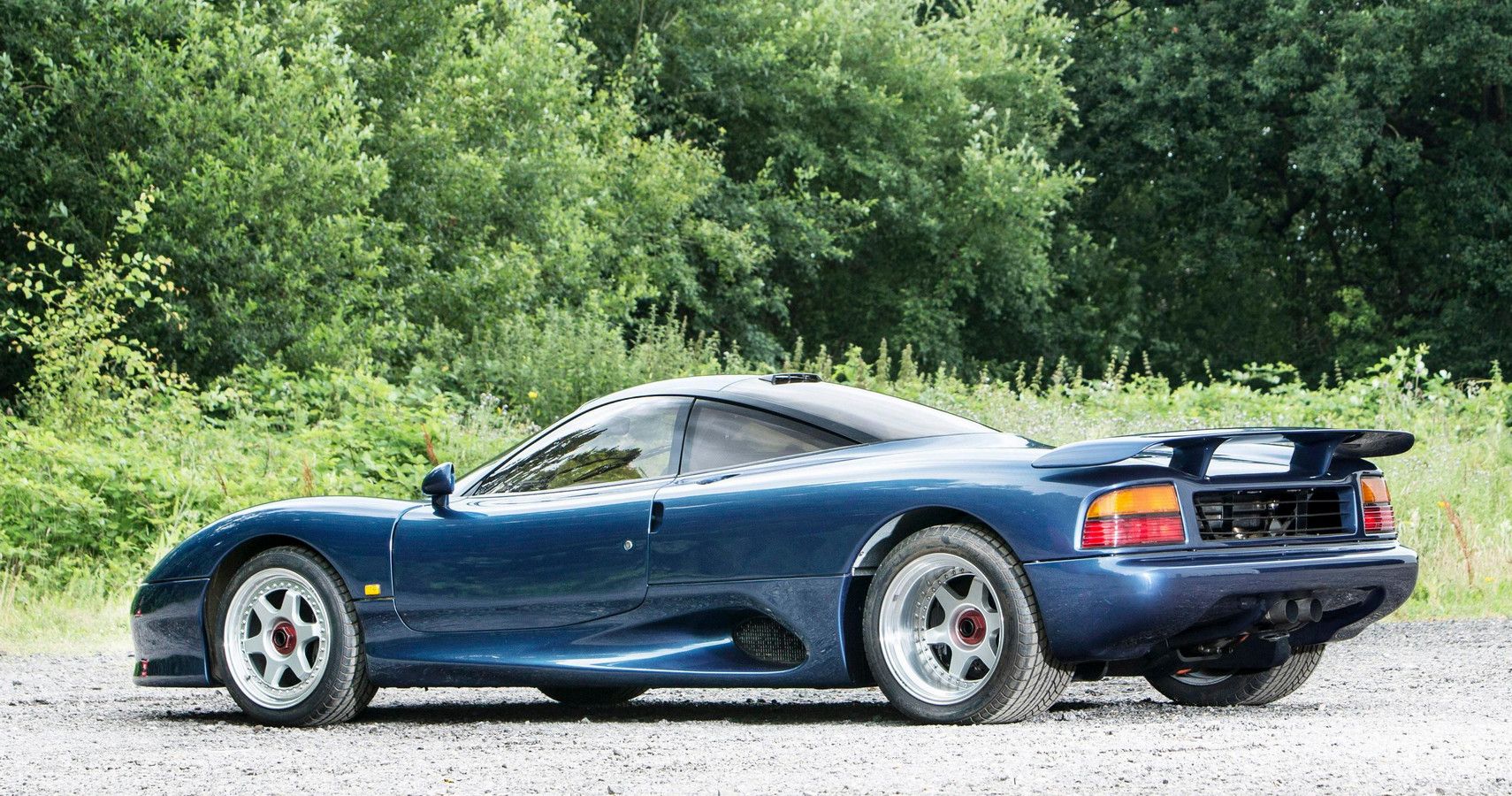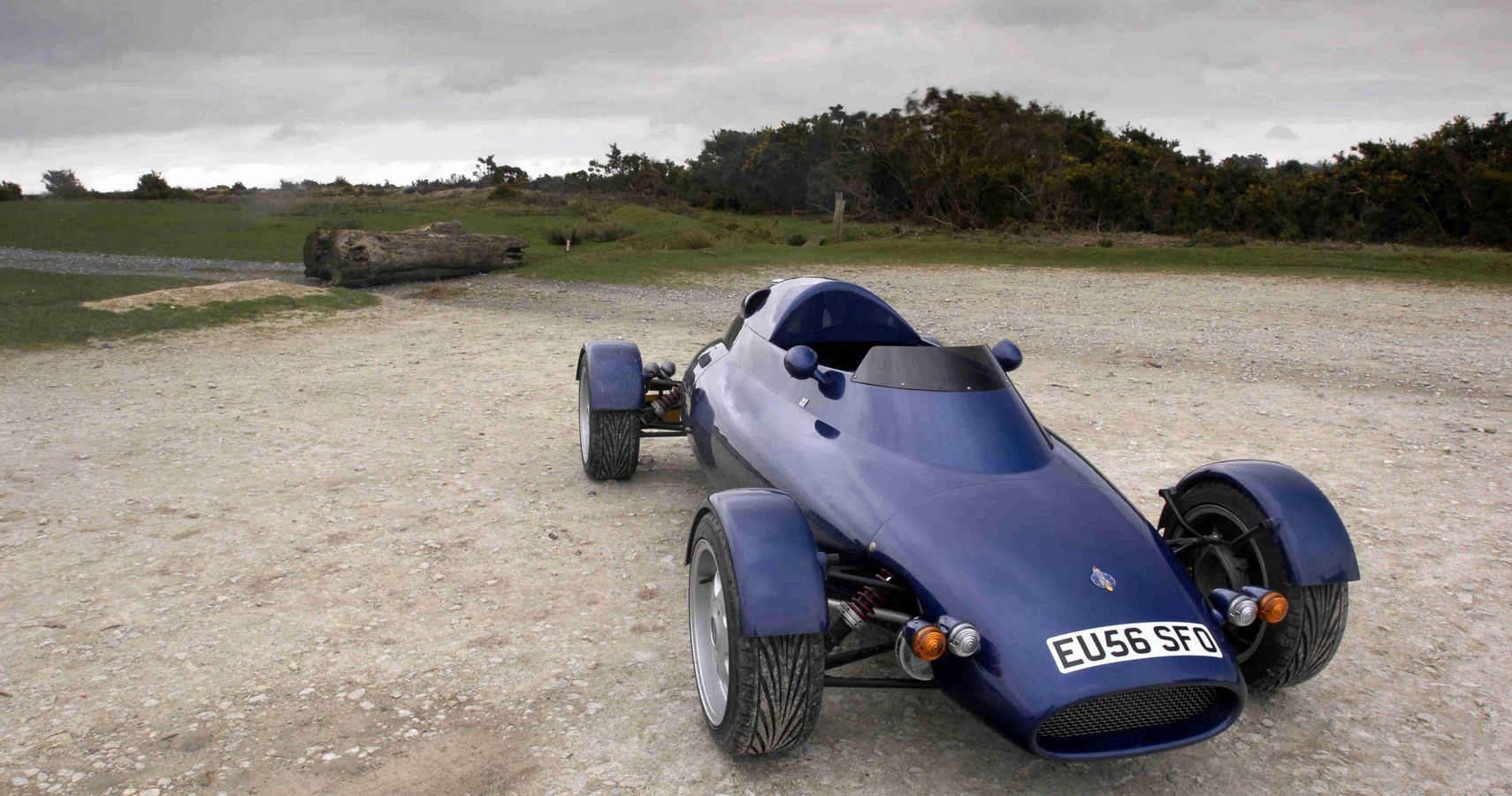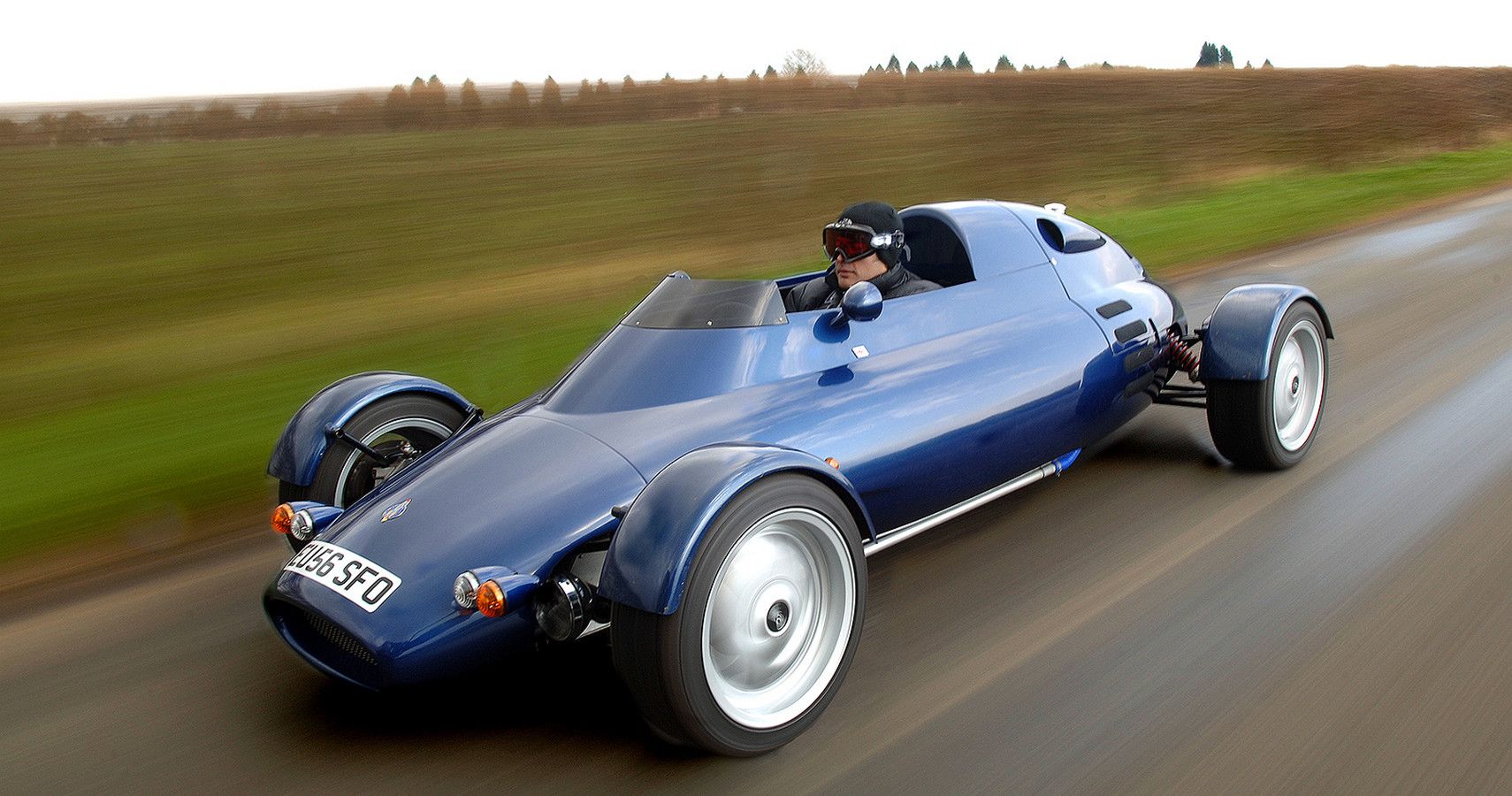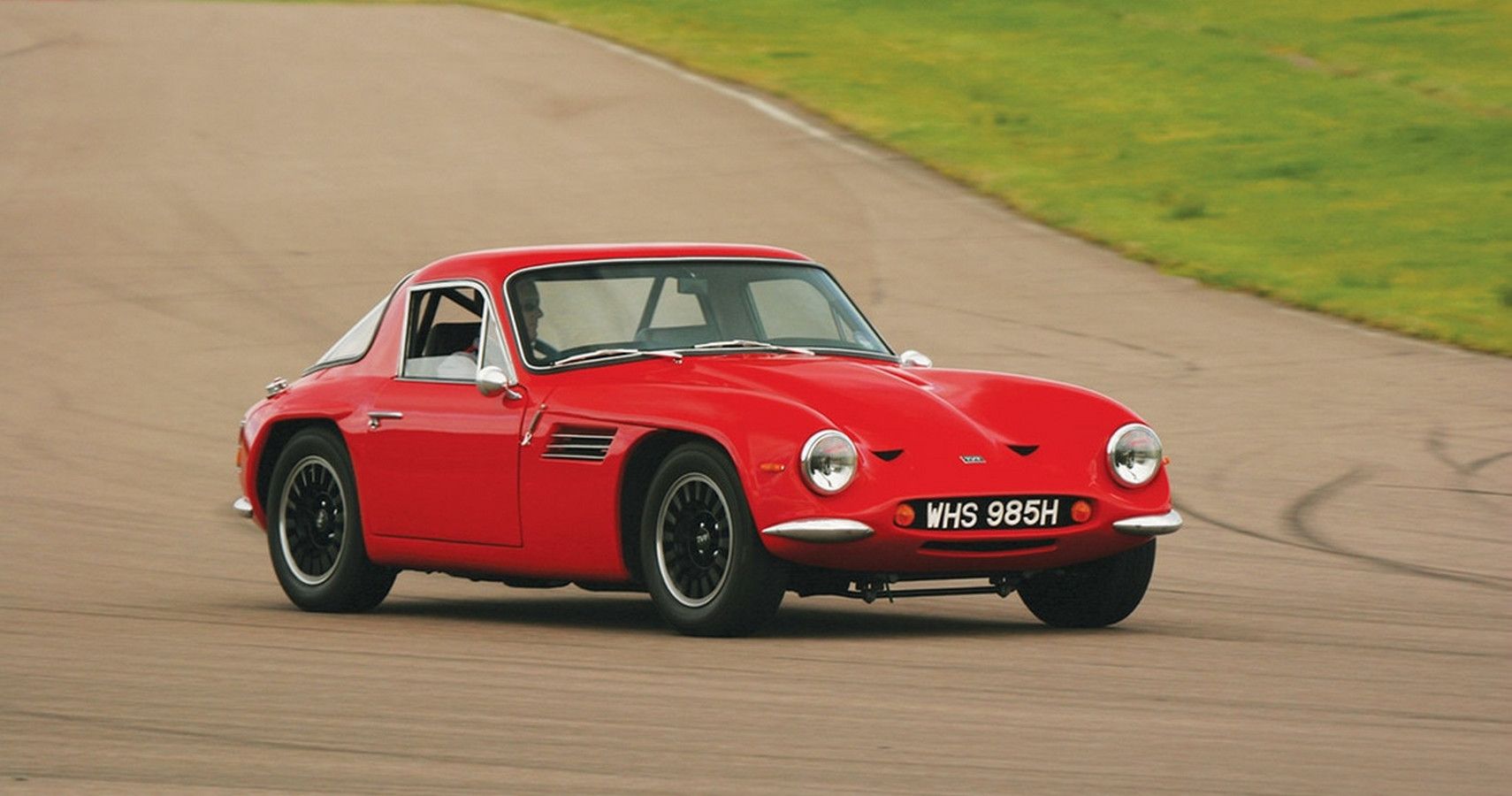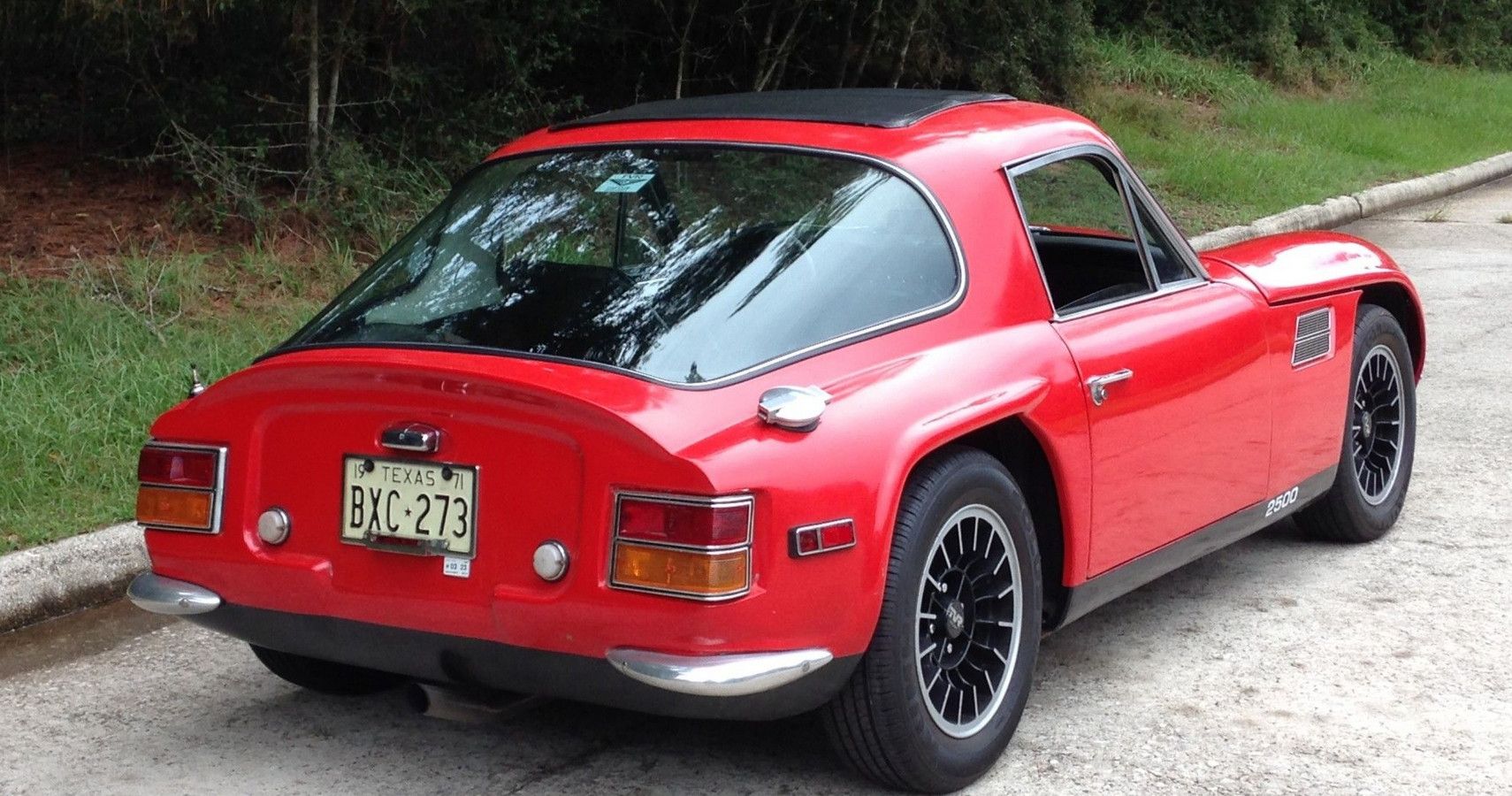Britain was once the greatest sports carmaker in the world with hundreds of carmakers responsible for some of the best sports cars ever, along with a few duds, admittedly.
Smaller niche brands lacking large volume production facilities needed to produce better bespoke models to attract interest from potential customers, they would never be able to compete with bigger companies. Smaller volumes can fuel demand with carmakers cashing in on perceived exclusivity, something automotive giants achieve with deliberately restricted production models.
Large or small, good or bad either way some of these cars are so rare and collectible their owners keep them locked away out of sight gathering dust instead of enjoying their intended driving pleasure.
10 Aston Martin Bulldog (1 Completed) - Working Prototype
Ambitious plans to produce the world's fastest production car, while advertising the company's engineering expertise, would give rise to Aston Martin's Bulldog. It would be hard to claim the Bulldog's design was innovative, at best being described as wedge-shaped, although novel gullwing doors did add some interest. Planning to be the fastest needed serious power, with the company's existing 5.3-liter V8 gaining twin turbos boosting output to 600hp.
Only one working prototype was completed with Aston Martin executives claiming production costs were too high, in reality, poor performance would also have an impact failing to meet its claimed 237mph with the highest recorded speed of 192mph falling someway short.
9 Jaguar Pininfarina XK120 (1 Completed) - Customer Special
Quite possibly the greatest Jaguar ever, the work of Pininfarina built around the already beautiful XK-120. No one is quite sure how or why the XK-120 design study was created, but it is suspected to be a one-off customer project car.
Having been left untouched for 40 years, unsurprisingly, the XK-120 needed some serious TLC and his since undergone complete restoration.
8 Bristol Fighter (14 Completed) - Oddly British
Very little substantiated information exists regarding Bristol's Fighter, few people have ever been allowed to test drive the car, and even fewer know exactly how many models have been built. Quirky British styling hides more traditional American mechanicals, borrowing its V10 engine from Dodge's extinct Viper, tuned to deliver 525hp. Performance figures are manufacturer claims, with 62mph in 4 seconds and a top speed of 210mph.
Rarity and quirky styling are guaranteed to get owners noticed, and no one is ever going to mistake the gullwing doors and canopy rear window for any other car.
7 Jaguar XKSS (16 Completed) - D-Type Racer For The Road.
Retiring from Le Mans racing left Jaguar with some "spare" D-type chassis, which the company would use to produce road-going versions of the racer. Requiring only minor updates and cosmetics changes resulted in the XKSS, one of the most sought after Jaguar production models. Under the hood, the same 262hp 3.4-liter Jaguar XK6 engine produced enough grunt to reach 60mph in 6.8 seconds, topping out at 159mph.
Although Jaguar produced 16 examples, the company originally planned to complete 25 chassis, these remaining 9 were destroyed in a factory fire in 1957. Most examples finding homes in the US, Steve Mcqueen being one of the most notable owners. Jaguar is reported to be completing the missing 9 chassis with sale prices expected to be around $1.4 million, although original examples are valued considerably higher.
6 Caparo T1 (16 Completed) - Literally Too Hot
Any gearhead could be easily mistaken thinking Caparo's T1 is another track day special, when in fact this rare British sports car is road legal. From a purely technical perspective T2 should be a roaring success, F1 styled chassis fitted with Menard Racings 3.5-liter V8 engine developing 575hp good for 205mph.
Appealing to a limited market with reviews claiming the car is capable of truly frightening performance, even professional racing drivers found the experience unnerving. Several high-profile fiery incidents along with the steep sale price ended production after 16 examples were built.
5 Aston Martin DB4 GT Zagato (25 Completed) - Italian Art At Its Best
Early Aston Martins are highly south after, but few can match the beauty of Zagato's take on the classic DB4 GT. Popular in the 60s carmakers would often commission Italian design studios to produce more exclusive of mainstream models. Enter Zagato, producing 25 re-bodied lighter DB4's creating possibly the most beautiful Aston Martin ever.
Purely a cosmetic rework of the existing model, Zagato spec retains the same 3.7-liter engine with weight-saving responsible for minor performance increases.
4 Ascari KZ1 (50 Completed) - Should've Been More Successful
In theory, Ascari should have been more successful, with the company already gaining valuable experience in racing car design utilizing the same carbon-fiber chassis for the KZ1 model. Following common practice for most small carmakers, Ascari utilized existing engines from BMW, opting for the S62 V8 unit good for 520hp.
Very few small carmakers survive with fierce competition from established brands holding a monopoly on sale, Ascari's Kz1 performed as good as any of its rivals, but ultimately failed due to poor sales.
3 Jaguar XJR-15 (53 Completed) - Professional Driving Skills Required
Arriving earlier than the ill-fated XJ220 program, JaguarSport's limited edition Le Mans-based racer from 1990 had all the makings of a proper supercar. Very thinly disguised, lucky owners received a road-legal XJR-9 compete with Jaguar's 6-liter V12. Ownership came with some caveats, just 53 examples would be built and owners would be required to enter a limited XJR-15 racing series.
Make no mistake XJR-15s really were racing cars, even professional racing drivers said they were hard to drive. Experienced drivers could with time extract the maximum, reaching a top speed of 191mph if they possessed cat-like reflexes to handle the car's penchant for spinning its wheels.
2 Light Car Company Rocket (55 Completed) - Designed By Gordon Murray - Who Else?
Only one designer could come up with the LCC Rocket, Gordon Murray has long advocated light-weight designs with small powerful engines. Drawing heavily from early F1 designs, Rocket did away with unnecessary bodywork helping to keep its weight down to 850lbs, allowing the use of a smaller engine.
Barely wider than its tandem-cockpit layout, Rocket used a small 1-liter Yamaha engine producing 165hp sufficiently powerful enough to accelerate to 60mph in 4.4 seconds. Although fully road legal, few customers were interested in essentially a track day car, production ended after one year with just 55 vehicles sold.
1 TVR Vixen Series 1 (117 Completed) - Completed Kit Car
TVR has a long-troubled history never far away from financial ruin, at the same time producing some of the best small volume British sports. Shortly after another re-sale, TVR launched the Vixen model in 1967 built around steel tubular chassis providing excellent rigidity.
Early Series 1 models were frequently supplied in completed kit form, with owners only required to fit the car transmission and engine, possibly one of the reasons why TVR only managed to sell 117 series 1 models.

